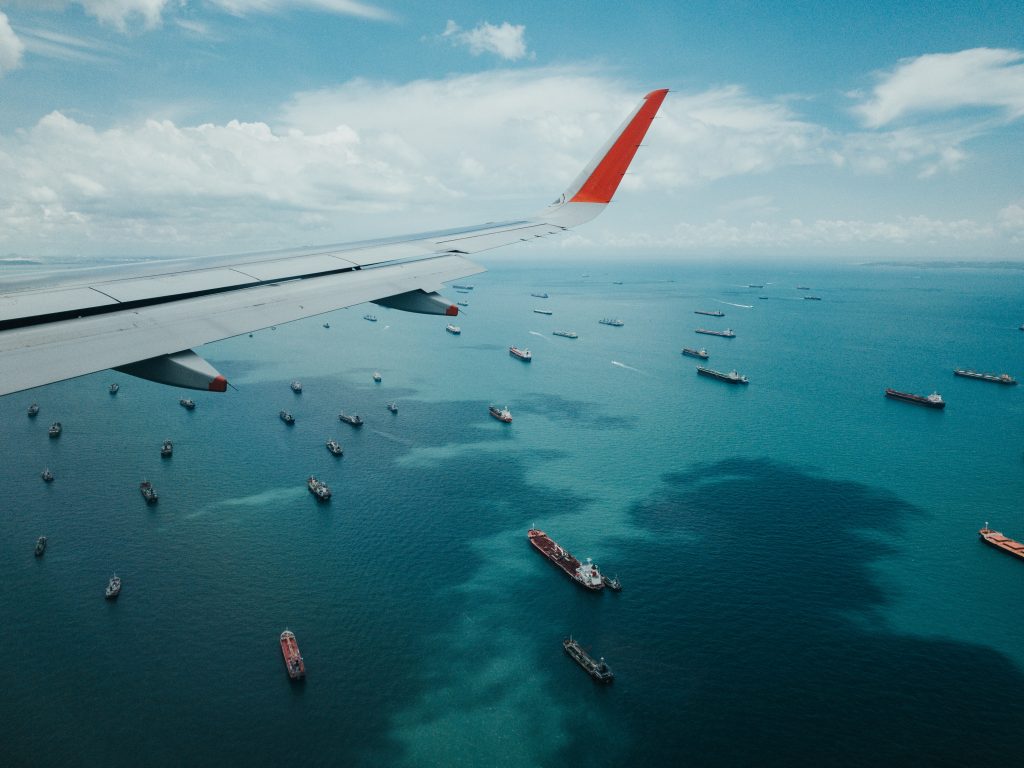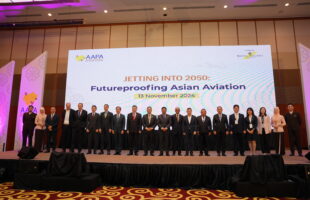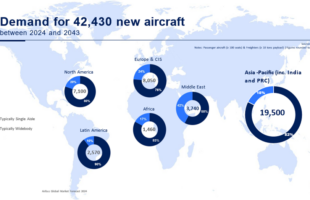

More than a year since the World Health Organisation declared a pandemic, Asia Pacific’s carriers are still reeling from the financial and business impact of Covid-19 in the passenger business as cargo remains to be the bright spot.
International air cargo demand for airlines in the region grew 16.1 percent year-on-year in March, according to the latest data from the Association of Asia Pacific Airlines (AAPA). This has been the best month so far for the airlines since December 2019, with offered freight capacity climbing a ‘comparatively slower’ 12.7 percent year-on-year. Cargo load factor’s for the region’s carriers stood at 74.3 percent for the month.
Over at the passenger side, operating conditions are dire with only 1.1 million international passengers flown on the region’s carriers in March, or 13.2 percent of the traffic seen in the same month last year.
Also read: Carriers gear up for travel as cargo remains ‘bright spot’
“In contrast to the travel and tourism sectors, overall rising business confidence and e-commerce growth fuelled air cargo demand, with congestion at shipping ports spurring a shift to the speedier transportation of goods by air,” said AAPA.
Indeed shippers and manufacturers have been forced to find alternate modes, not just airfreight, given container shortages and delays in major ports in the region. In one occasion Taipei-based Dimerco opted to transport by road to Europe because of delays at the port in Ningbo.
Digital forwarder Flexport reported that sea freight rate increases are expected starting May, saying the “2021 contract season is kicking off with more congestion and demand than ever.”
With supply chains heavily disrupted, manufacturers and forwarders need to book well in advance to meet production schedules, making air cargo a viable option for shorter time frames. Across all modes one thing is common: prices or yields, depending on where you sit in the spectrum, are generally higher.
In Asia, Flexport said rates in some origins like TPE and BKK are near the levels only seen in May 2020 during the height of the PPE frenzy, as exports remain at ‘super-peak’ levels. “With demand outstripping capacity, flights are full across the board until middle of May at the earliest,” it added.
Still airlines should find optimism with the recently implemented and planned travel bubbles which would also add more intra-Asia capacity.
“The recent commencement of travel between Australia and New Zealand is certainly a welcome step,” said Subhas Menon, AAPA Director General. “Quarantine-free travel between Singapore and Hong Kong, announced for end May, with talks of more travel bubbles in the pipeline, provide hope for a gradual restart of international air travel this year,” he added.
Despite facing major challenges over the past 12 months, airlines in Asia have shown resilience by adapting to demand patterns and diversifying their revenue base, as well as making significant cost cutting measures, Menon said.
Lobbying for government support as travel remains stalled with border restrictions and uneven progress in vaccination roll-outs, add to that the second wave in India, Menon adds:
“It is apparent that we will need to learn to live with COVID-19. As such, it is imperative that governments across the world embrace harmonised risk-based measures that safely reopen air travel. This includes digitalisation of travel health certificates, as well as the implementation of contactless and seamless travel measures in accordance with ICAO and WHO guidelines, to support travel recovery. The Association remains committed in working closely with governments to aid the resumption of air travel in a smart, safe and sustainable way.”






